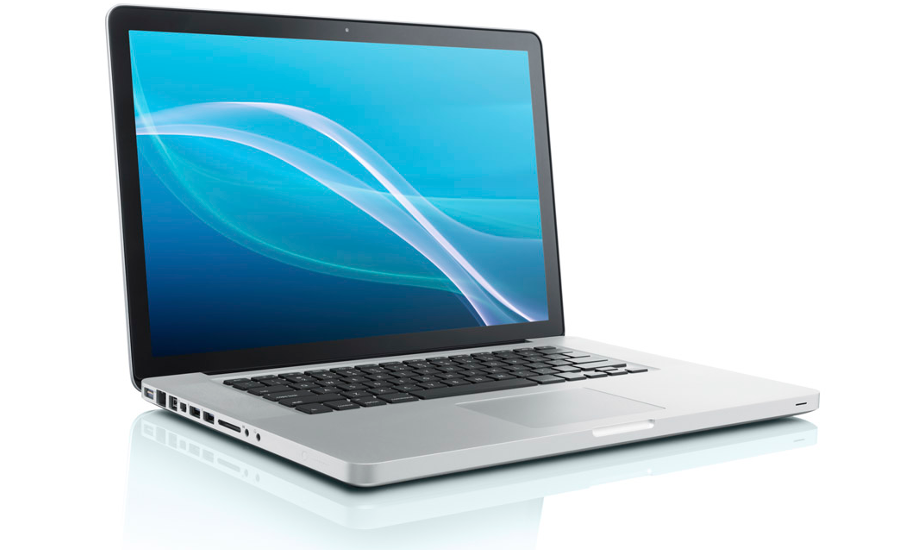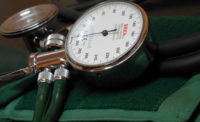A computer app that prompts desk workers to take breaks from sitting is showing real promise in helping reduce blood pressure in a significant and lasting way, reports a trial in the September issue of the Journal of Occupational and Environmental Medicine.
The study evaluated a software application called Exertime, which encourages office workers to take breaks from sitting for non-exercise physical activity. At scheduled intervals, a worker sees a “movement break” screen. The break screens can be postponed through scheduling, but once they appear, the worker has to click through each screen before he or she can resume working on their computer.
"An e-health solution designed to increase non-exercise physical activity by interrupting sitting time in the workplace is feasible and produced long-term reductions in blood pressure," write Scott John Pederson, PhD, and colleagues of University of Tasmania, Australia.
The study evaluated changes in blood pressure in 228 desk-based employees who used the app for 1 year. The results showed "clinically meaningful" reductions in blood pressure, beginning within 3 months and continuing through 9 to 12 months. Average systolic blood pressure (the first, higher number) decreased by about 1 to 3 mm Hg, while diastolic pressure (the second, lower number) decreased by about 4 to 5 mm Hg.
Larger reductions were seen in workers who had initially had hypertension (high blood pressure) or "prehypertension." In those with hypertension, both the systolic and diastolic pressures decreased by about 8 to 11 mm Hg.
Prolonged, uninterrupted sitting has been linked to many health risks — including high blood pressure and cardiovascular disease — independent of physical activity level. Taking regular breaks from sitting for non-exercise physical activity, such as standing or light walking, might help to reduce these risks.
The new results show that workers are willing to use computer prompts to take breaks from sitting, and that "it is possible to achieve a clinically meaningful reduction in blood pressure through regular movement breaks," Dr. Pedersen and coauthors write. They add: "The use of free-choice but regular low-intensity movements as the primary mechanism for health change is encouraging for interventions that target long-term sedentary populations."
Citation — Mainsbridge C, Ahuja K, Williams A, Bird M-L, Cooley D, Pedersen SJ. Blood pressure response to interrupting workplace sitting time with non-exercise physical activity: results of a 12-month cohort study. J Occup Environ Med. 2018;60(9);769-74.
About ACOEM — ACOEM (www.acoem.org), an international society of 4,500 occupational physicians and other health care professionals, provides leadership to promote optimal health and safety of workers, workplaces, and environments.
About the Journal of Occupational and Environmental Medicine — The Journal of Occupational and Environmental Medicine (www.joem.org) is the official journal of the American College of Occupational and Environmental Medicine. Edited to serve as a guide for physicians, nurses, and researchers, the clinically oriented research articles are an excellent source for new ideas, concepts, techniques, and procedures that can be readily applied in the industrial or commercial employment setting.







